Poison ivy rash is a common type of skin rash caused by poison ivy, a plant native to North America and Asia. You will likely have an allergic reaction when you touch poison ivy leaves or come into contact with its oils some other way.
Poison ivy rash can easily be recognized by characteristic symptoms such as redness, swelling, and itchiness in the affected area. The rash should go away on its own within two weeks. During this time, you can apply some home remedies to ease the symptoms or, in more severe cases, use medications recommended by your healthcare provider.
Poison ivy rash is a very common type of skin rash. According to the Centers for Disease Control and Prevention (CDC), 80 to 90 percent of people develop it after coming into contact with the plant's oils – urushiol. Fifty micrograms (μg) of urushiol, which is less than one grain of table salt, triggers a reaction in most people.
Anyone can be affected by poison ivy rash, regardless of their age and immune system performance. Even if you had a rash in the past, you may develop it again.
Poison ivy rash is not considered dangerous. It is not commonly associated with life-threatening conditions and is unlikely to cause more problems besides the rash. Exceptions to this rule are breathing difficulties, which may occur due to inhaling the oil produced by poison ivy. However, this is also an uncommon scenario requiring a plant to burn to release its harmful compounds into the air.
Getting a poison ivy rash from another person is very unlikely. The oil released by poison ivy – urushiol![]() – is quickly absorbed by the skin. Because of that, it is also rare to transmit the oil to other parts of your body by touching the affected area.
– is quickly absorbed by the skin. Because of that, it is also rare to transmit the oil to other parts of your body by touching the affected area.
Many people in America, sometime in their lives, get a rash from poison ivy. It's surprising how easily someone can catch this skin problem. If you touch the plant that grows almost everywhere—like parks where people walk for fun, green woods made for looking around, or rough paths where they go hiking on weekends—you might get its oil on your skin and have trouble with irritation.
Surely, doing things outside makes it more possible to get a rash from poison ivy. These activities especially increase that chance:

Only 10-20 percent of people are immune to the harmful effects of poison ivy oil![]() . If they touch poison ivy or come into contact with the oil in some other way, they may not even realize it. However, the rest of the human population must face the consequences of encountering this plant species.
. If they touch poison ivy or come into contact with the oil in some other way, they may not even realize it. However, the rest of the human population must face the consequences of encountering this plant species.
Typically, poison ivy oil causes mild symptoms but can cause severe issues in some people. Here are the common symptoms of poison ivy rash:
People whose skin is more vulnerable may experience more itchiness, redness that spreads, and severe swelling. However, regardless of the severity, all symptoms should disappear within a few weeks. Anything longer than that is a cause for concern and should be investigated by a healthcare professional.
Although a poison ivy rash can be bothersome and irritating, it is not life-threatening and rarely leads to long-term health issues. In very rare circumstances, it may result in complications and, in the worst-case scenario, death. Here are possible yet uncommon, outcomes:
If you can identify poison ivy, you don't need a diagnosis if you develop a poison ivy rash. However, you can visit a doctor if you don't know or are unsure what caused a rash and swelling on your skin. Based on the visual symptoms, your healthcare provider will tell you if it developed due to poison ivy oil. Diagnosis is usually finalized at this point, without the need to perform more exams or tests.
There are no treatment options specifically to address poison ivy rash. Most cases resolve on their own, even without the use of over-the-counter medicines, creams, and home remedies. If the rash does not bother you, wait it out.
Some cases of rash may be more severe than others, and that's when you may feel motivated to find a way to ease the swelling and itchiness. Several things may aid you, including anti-itching medicines, drying lotions, and home methods such as taking oatmeal baths, applying bentonite clay on the affected area, or using cold compresses.
Medicines your healthcare provider may recommend you for poison ivy rash include:
Some home remedies may aid you in recovering from poison ivy rash. These include:
Only some methods may be effective for your case, so you may need to experiment to find the best solution. Pay close attention to how your swelling and itchiness respond to various home remedies. When you find the working one, stick with it until you get better.
You should seek immediate medical help if you inhale smoke from burning poison ivy and experience the following symptoms:
In addition, if you develop a rash that doesn't improve within a few weeks, you should visit a doctor as soon as possible. The following health issues are not common in poison ivy rash and are a cause for concern:
If that applies to you, it could mean that you have allergic reactions to poison ivy oil or that something more serious is happening to your body.

To prevent a poison ivy rash, you must avoid contact with urushiol, the plant's oily resin that triggers this allergic reaction. Here, then, are several tips for mitigating your risk:
Poison ivy rash is a common allergic skin reaction triggered by contact with poison ivy, an abundant plant in North America and Asia. The rash is characterized by redness, swelling, and itchiness and typically disappears within two weeks. It is not considered dangerous, but complications can develop in rare cases.
80-90% of people develop poison ivy rash when they come into contact with plant oils. Outdoor activities such as hiking, gardening, and camping make it more likely to encounter poison ivy. Most people are vulnerable to poison ivy's oil and developing the rash, even if they have had it before.
Symptoms of poison ivy rash are swelling, itching, blisters, and hives. Severe cases can result from in complications such as infection, facial rash (after inhaling urushiol), breathing problems, and death in rare scenarios. It is important to receive medical attention as soon as possible if symptoms are severe.
Identification of poison ivy and visual symptoms are usually sufficient for diagnosis. No specific tests are needed in most cases.
Most cases are resolved without specific treatment. Healthcare providers may recommend anti-itch creams, antihistamines, drying lotions, or over-the-counter ointments for severe symptoms. Home remedies like oatmeal baths, bentonite clay, and cold compresses may also help.
Preventing poison ivy rash involves avoiding contact with urushiol. Tips include using barrier creams, wearing protective clothing, washing tools, and clothing, learning to identify poison ivy, and avoiding burning the plant to prevent inhaling urushiol.
Table of Contents
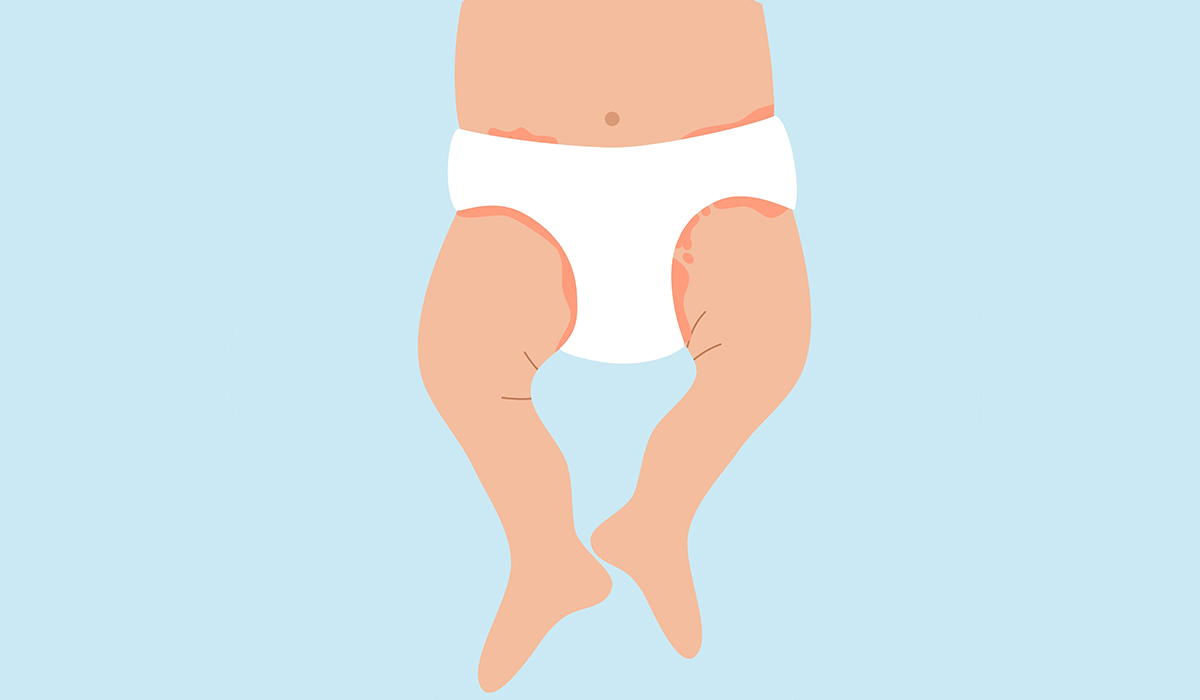
Diaper rash is when little kids and babies sometimes get a rash from wearing nappies if their skin is wet… read more »
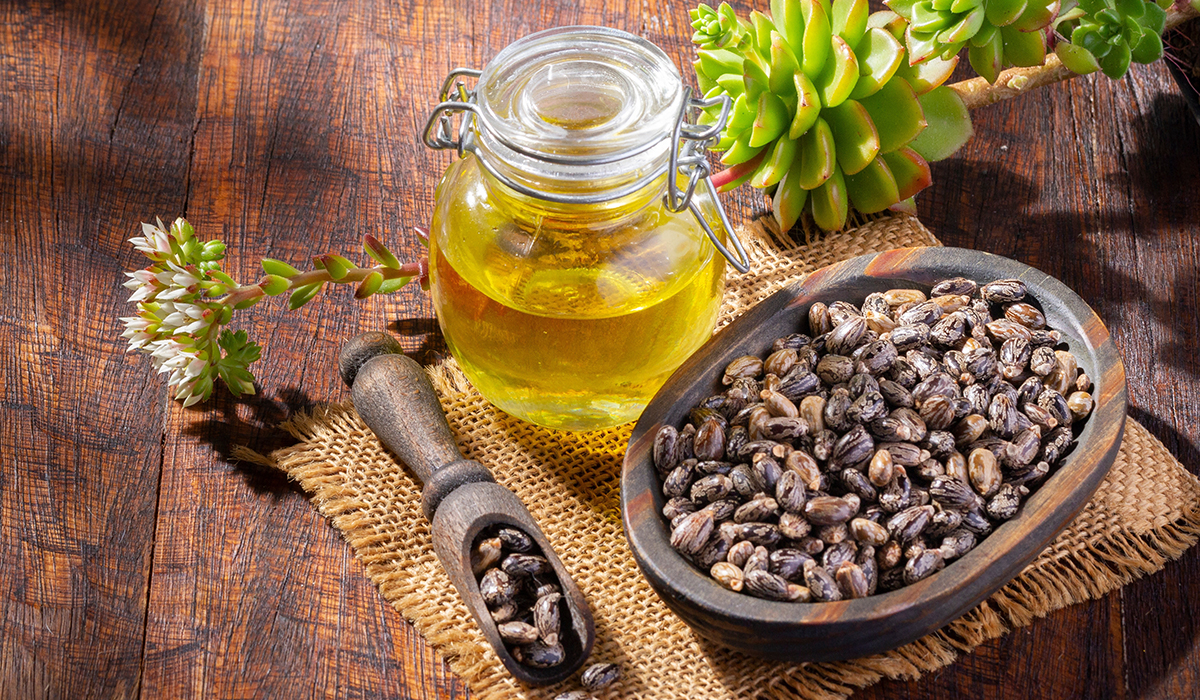
Castor oil has many benefits. It is used as a cosmetic as well as a dietary supplement. Find out how… read more »

Palm oil can provide many important ingredients. Yet it is also associated with many health problems. How is this possible?… read more »

Olive oil is a delicious and healthy addition to dishes. Discover the many benefits of it. It is worth reading… read more »
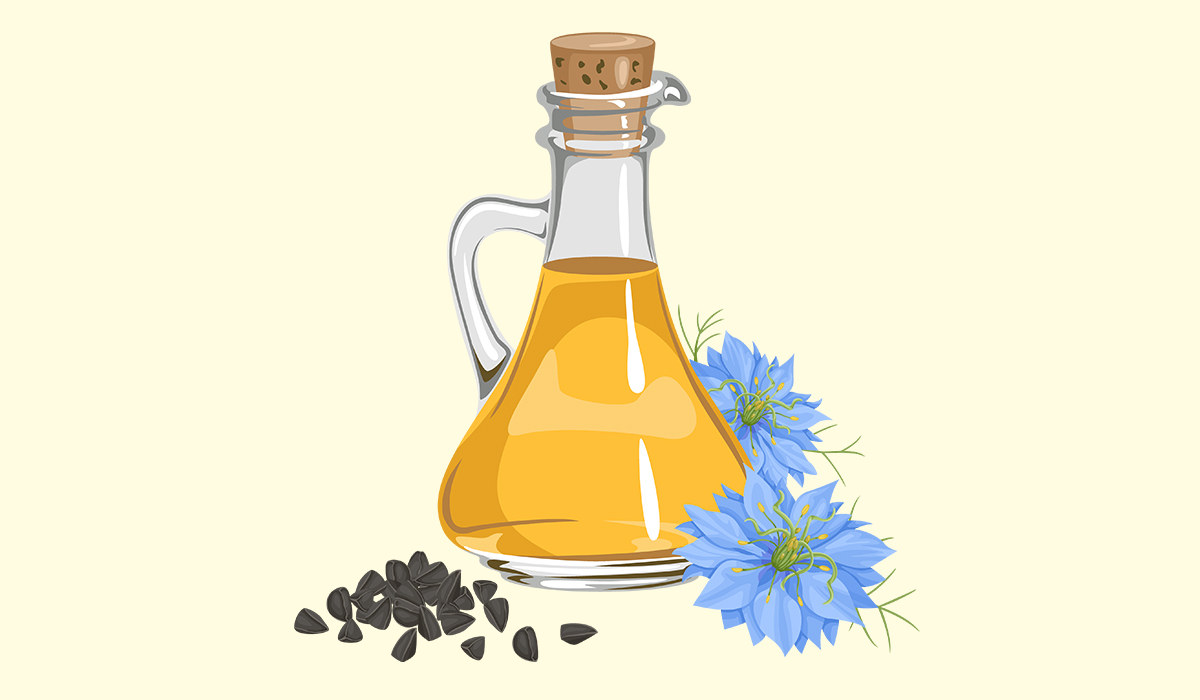
Healthier heart, lungs and kidneys. Black cumin oil is a plant product known for its many health benefits. Find out… read more »
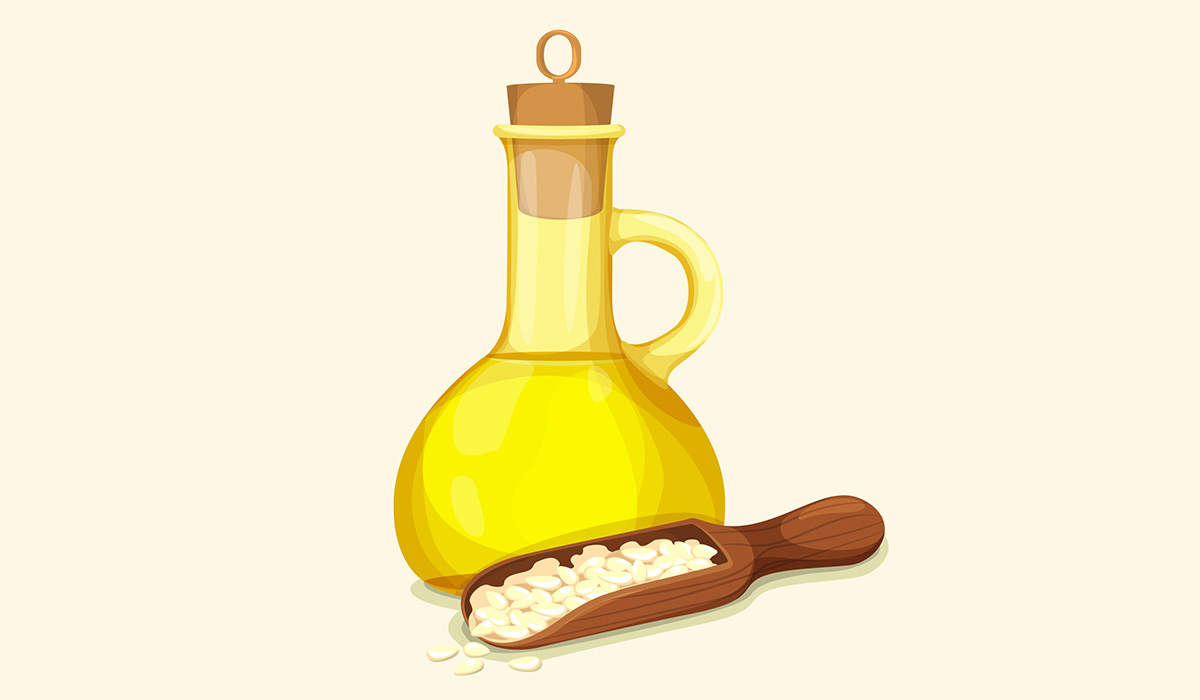
Sesame oil is another healthy product to add to your diet. Learn about the amazing health benefits of sesame seed… read more »
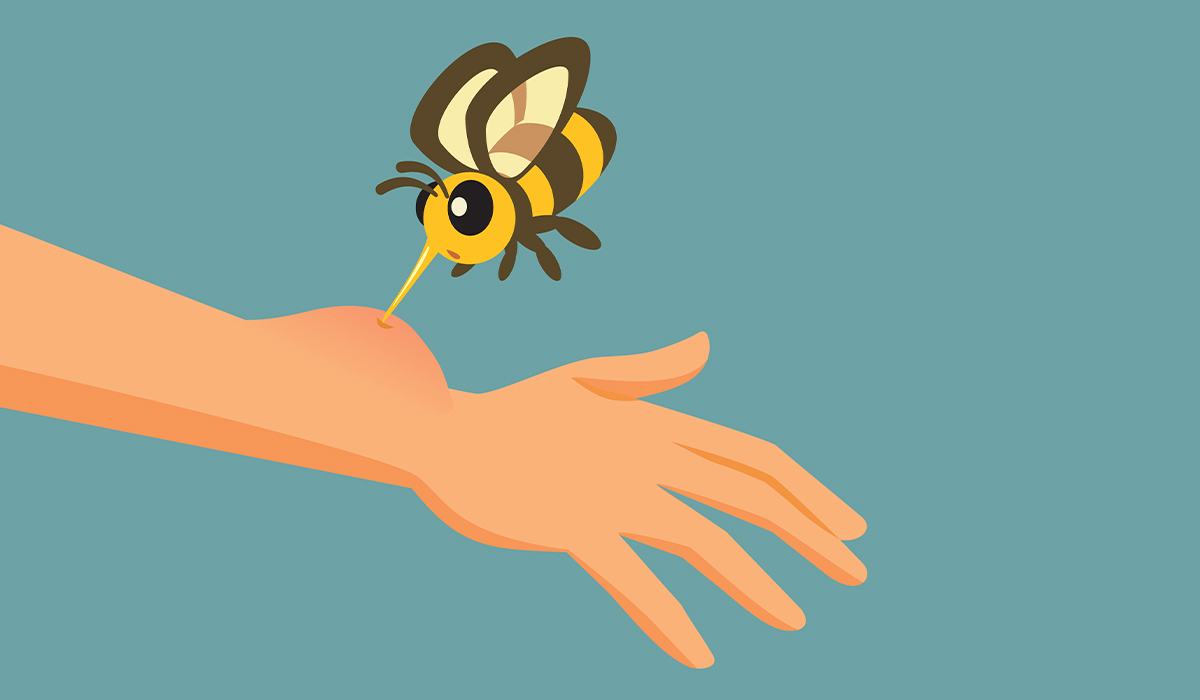
When a bee sting happens, it implies the bee is working hard to push the stinger into someone's skin and… read more »
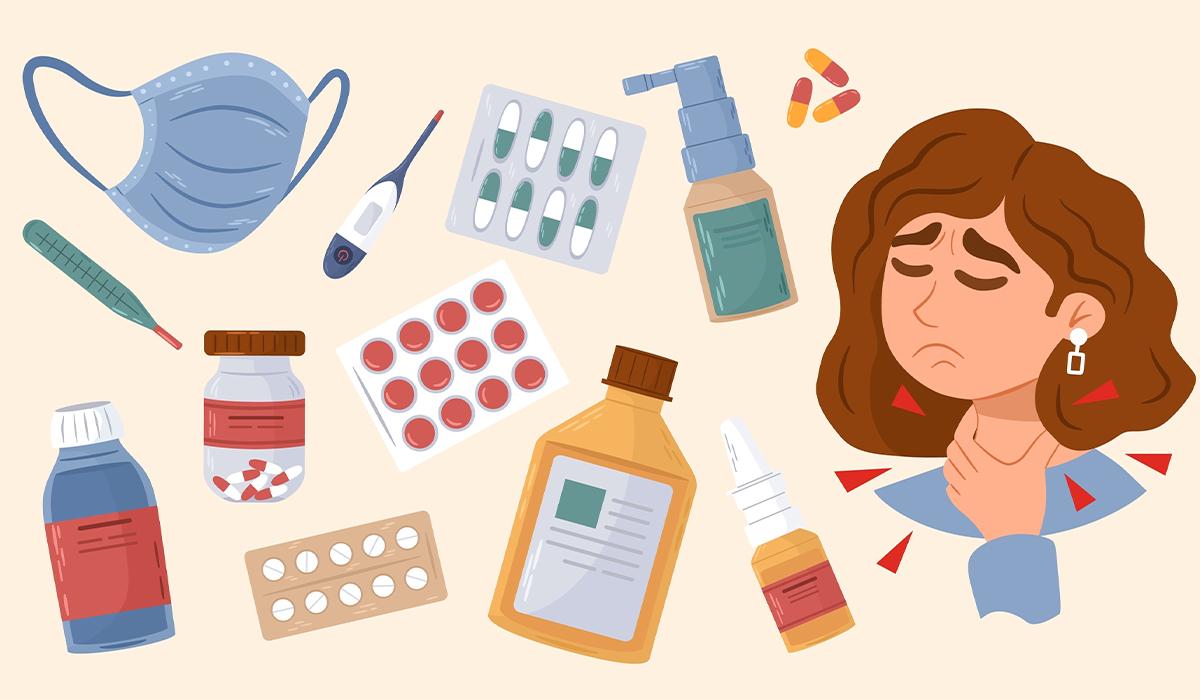
Discover Sore Throat Remedies for quick and effective pain relief. Many herbs and foods have healing properties. Learn how to… read more »
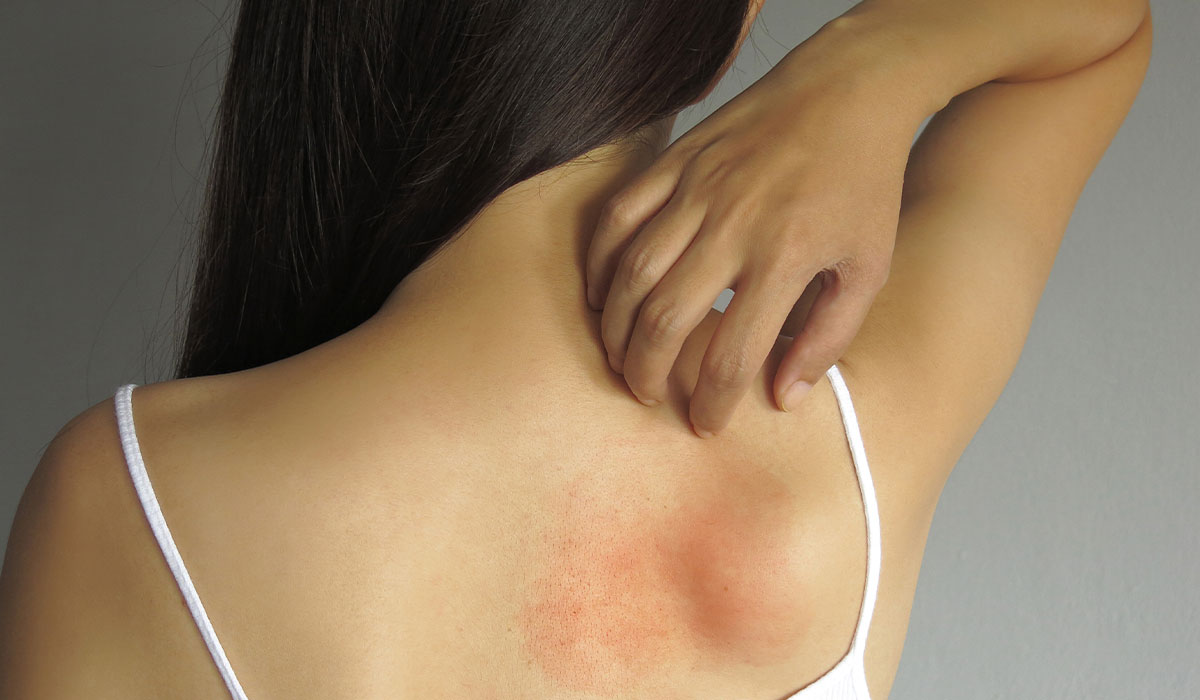
Heat rashes are skin lesions. They occur as a result of excessive sweating due to overheating of the body and… read more »